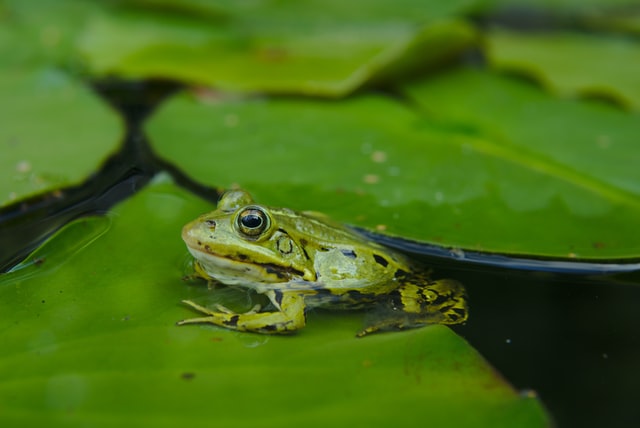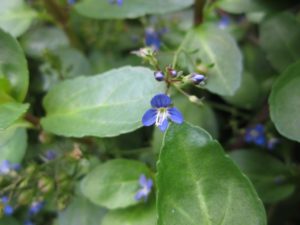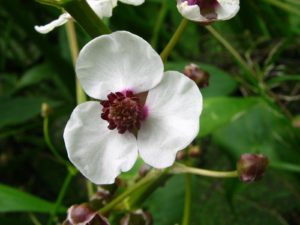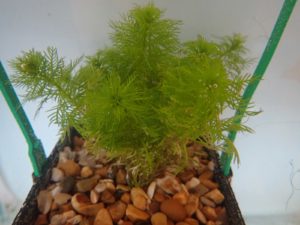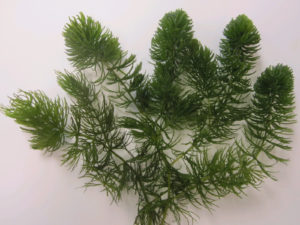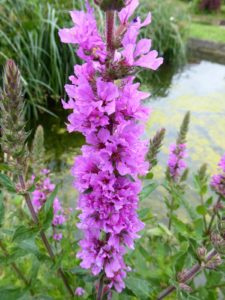Tips to Planning a Wildlife Friendly Pond
Are you looking to bring more wildlife into your garden and support UK biodiversity? If you’re considering converting your existing pond, or planning a new pond purpose made to attract and support wildlife it can be tricky to know where to begin.
The good news is that wildlife ponds work in almost any garden so most people can enjoy them. They’re a moderate challenge but wholly rewarding and worth the experience. Wildlife ponds can support a wide array of wildlife from birds to fish, dragonflies, pond skaters, frogs, newts and even the occasional heron.
Did you know? Over the past century almost 70% of UK ponds have been lost.
How to construct a wildlife pond
- Natural or man made works fine
- Shape is important – you want at least one side to have a gradual slope to allow wildlife easy entry in and out of the pond.
- Any size pond is useful to some form of wildlife – the bigger the more you might attract and support.
- Use an EPDM or Butyl liner to form a more natural, randomised shape. – Plastic and fibreglass aren’t as practical here. EPDM liners are non-toxic to the wildlife, UV resistant and very long lasting.
- Consider flat stones and cobbles on the slope which insects and amphibians will appreciate
- Ensure a good amount of shade – this will help to keep algae at bay and provide you with a healthy pond for the long term. Make sure there’s some sun however!
Choosing plants for wildlife ponds
In some circumstances you can let nature take its course and plants will eventually cultivate your pond. Most pond owners however decide to take control of the plants for aesthetic and practical reasons.
- Choose native plants to the UK – all the plants supplied by Artisan Aquatics are UK natives.
- Choose a mix of marginal, floating plants and oxygenating plants .
- Marginal plants give wildlife protective cover which they use for breeding.
- Floating plants provide good underwater shade and diversity to the pond. Aim for at least 60% coverage of floating plants on the pond surface.
- Oxygenators absorb impurities and provide life giving oxygen to the wildlife.
Best plants for wildlife friendly ponds
There are many plants that you might consider when planning a wildlife friendly pond. Here are a range of marginal, floating and oxygenating plants you might consider:
Veronica beccabunga (Brooklime)
An easy to maintain marginal plant which is fast to grow and when established provides a good breeding site for newts in addition to shade.
Sagittaria sagittifolia (Arrowhead)
An attractive marginal with lovely white flowers. Arrowhead grows long stems which dragonfly nymphs use when they transform into adulthood.
Hottonia palustris (Water violet)
A good oxygenator which requires little maintenance. Thrives well in sun and partial shade.
Stratiotes aloides (Water soldier)
Known for keeping ponds clean and clear, this oxygenator lasts long from autumn to spring before rising to the surface in the summer when it flowers.
Caltha palustris plena (Double Marsh marigold)
A pretty yellow flowering marginal with tall stems that are helpful to dragonfly nymphs when go through metamorphosis. Marsh marigold is rich in pollen and nectar and will also attract and support pollinators such as bees.
Ceratophyllum demersum (Hornwort)
A popular oxygenator which grows beneath the water’s surface. The bunches Hornwort grows in provides a good habitat for tadpoles and other larvae. This plant grows in full sun through to full shade.
Lythrum salicaria Purple loosestrife
A beautiful, low maintenance marginal loved by bees and other pollinators. Also available in a more compact variety for smaller ponds.
Additional tips
- Avoid too much open water – most wildlife like an array of plants to forage, hide and breed in. Aim for 65-75% surface coverage.
- Avoid introducing fish as they can be dominant to other wildlife.


